Software
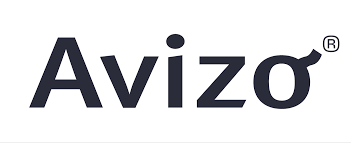
Avizo
3D analysis software for scientific and industrial data. Different application areas: Materials Science, Quality Assurance in Industrial Environments, Electronics, Digital Rock Analysis etc. It enables users to perform interactive visualization and computation on 3D data sets. The Avizo interface is modelled on the visual programming. Users manipulate data and module components, organized in an interactive graph representation (called Pool), or in a Tree view. Data and modules can be interactively connected together, and controlled with several parameters, creating a visual processing network whose output is displayed in a 3D viewer. With this interface, complex data can be interactively explored and analyzed by applying a controlled sequence of computation and display processes resulting in a meaningful visual representation and associated derived data.
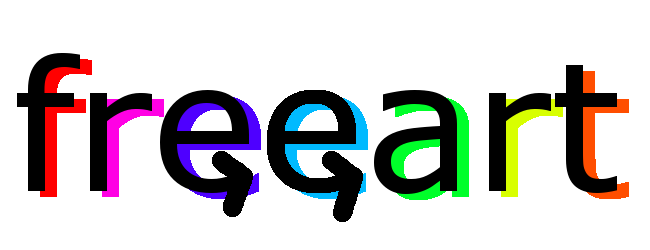
freeart
ART algorithms for fluorescence and transmission tomography reconstructions. Fluorescence absorption for the incoming and outgoing beams are taken into account.

GATE
GATE is an opensource software package developed by the international OpenGATE collaboration and dedicated to numerical simulations in medical imaging and radiotherapy. It currently supports simulations of Emission Tomography (Positron Emission Tomography - PET and Single Photon Emission Computed Tomography - SPECT), Computed Tomography (CT), Optical Imaging (Bioluminescence and Fluorescence) and Radiotherapy experiments.
idltomo
a graphical user interface to manage tomography data preprocessing, reconstruction and visualizaton based upon IDL and PyHST packages.
nabu
Nabu is a tomography processing software being developed at ESRF by the ADA Unit. It is part of the new ESRF tomography software suite. The European Synchrotron has several tomography beamlines. Each of them use dedicated software, which over the years led a variety of different tools spread over the beamlines with poor maintainability. This is summarized in ESRF current situation for tomography software. Nabu is an effort to unify tomography software in a new toolkit with the following requirements: Library of tomography processing, with “applications” built on top of it, usable by both non-experts and power-users High performance processing (parallelization with Cuda/OpenCL, computations distribution, memory re-use) Support of multiple techniques, not only absorption and phase contrast Extensively documented Focus on maintainability with a bus factor greater than one Compatible with ESRF legacy software, progressively replacing it Nabu does not aim at being the new universal tomography reconstruction software. Well-established software like Astra, tomopy, Savu and UFO have an extensive set of features. Nabu foremost focuses on ESRF needs, while being designed so that it can be re-used in other projects.

nxtomomill
nxtomomill provide a set of applications to convert tomography acquisition made from bliss (@ESRF) from their original file format (.edf, .h5) to a Nexus compliant file format (using NXtomo)

Pore3D
Pore3D is a software toolbox for quantitative analysis of three-dimensional images. The core of Pore3D consists in a set of state-of-the-art functions and procedures for performing filtering, segmentation, skeletonization and quantitative analysis of three-dimensional data. Although three-dimensional data can be produced by several techniques (for instance: magnetic resonance, x-ray scattering or confocal microscopy), the library was developed and optimized for micro-CT (Computed Tomography) data. Pore3D features are available through the high-level scripting environment IDL. Pore3D has been tested with IDL 64-bit from versions 6.4 to 8.5.
PyHST2
Hybrid distributed code for high speed tomographic reconstruction with iterative reconstruction and a priori knowledge capabilities. PyHST2 (formerly known as PyHST) has been engineered to sustain the high data flow typical of the third generation synchrotron facilities (10 terabytes per experiment) by adopting a distributed and pipelined architecture. The code implements, beside a default filtered backprojection reconstruction, iterative reconstruction techniques with a-priori knowledge. The latter are used to improve the reconstruction quality or in order to reduce the required data volume and reach a given quality goal. The implemented a-priori knowledge techniques are based on the total variation penalisation and a new recently found convex functional which is based on overlapping patches.
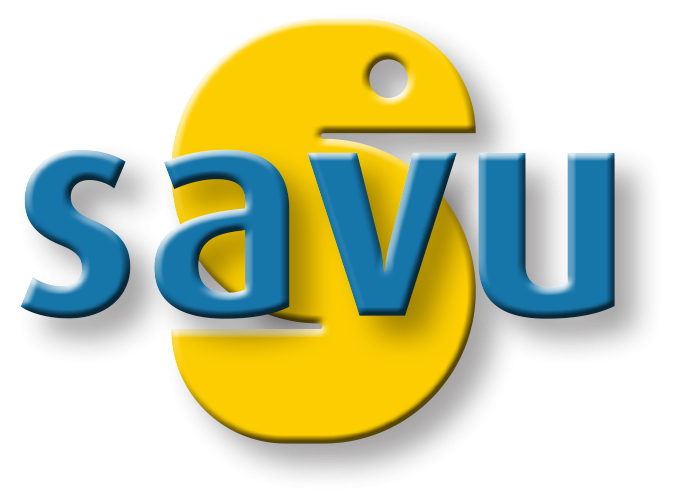
Savu
Savu is a Python package to assist with the processing and reconstruction of parallel-beam tomography data. The project originated in the Data Analysis Group at the Diamond Light Source (UK synchrotron) to address the growing, and increasingly complex, needs of the tomography community. Designed to allow greater flexibility in tomography data processing, Savu is capable of processing N-dimensional full-field tomography and mapping tomography data, along with concurrent processing of multiple datasets such as those collected as part of a multi-modal setup. Savu process lists, tailored to a specific experiment and passed to the framework at runtime along with the data, detail the processing steps that are required. A Savu process list is created using the Savu configurator tool, which stacks together plugins chosen from a repository. Each plugin performs a specific independent task, such as correction, filtering, reconstruction. For a list of available plugins see plugin API. Savu is currently in use across the tomography beamlines at Diamond to reconstruct both full-field tomography data and multi-modal, mapping tomography data.
SYRMEP Tomo Project (STP)
SYRMEP Tomo Project (STP) has been developed for the users of the SYRMEP beamline of the Elettra synchrotron facility (http://www.elettra.eu) to perform the digital image processing required by parallel beam propagation-based phase contrast CT experiments. The underlying idea is to let users perform post-beamtime optimization, fine tuning and/or additional tests with common hardware at their home institution. The software has been also developed for teaching and educational purposes. SYRMEP Tomo Project is available only for Windows 64-bit machines.
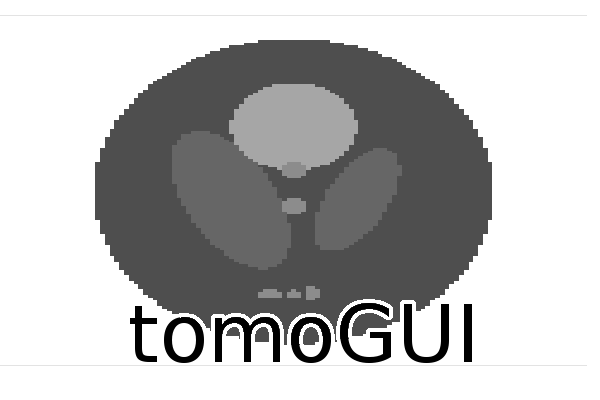
tomogui
Graphical user interface for tomography reconstruction. Handle - FBP (based on silx FBP) - ART transmission and fluorescence (based on freeart)

tomwer
Tomwer is offering tools to automate acquisition and reconstruction processes for Tomography. It contains: - a library to access each acquisition process individually - gui and applications to control main processes (reconstruction, data transfert...) and execute them as a stand alone application. - an orange add-on to help users defining their own workflow (http://orange.biolab.si)
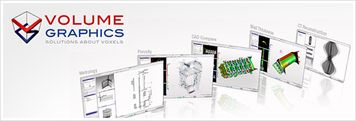
VGStudio MAX
VGStudio MAX is a high-end software for the visualization and analysis of CT data in combination with the optional add-on modules 'Coordinate Measurement', 'Nominal/Actual Comparison', Porosity/Inclusion Analysis', 'Wall Thickness Analysis', 'Fiber Composite Material Analysis' and 'CAD Import (with PMI)',
- ← Previous
- 1
- Next →

